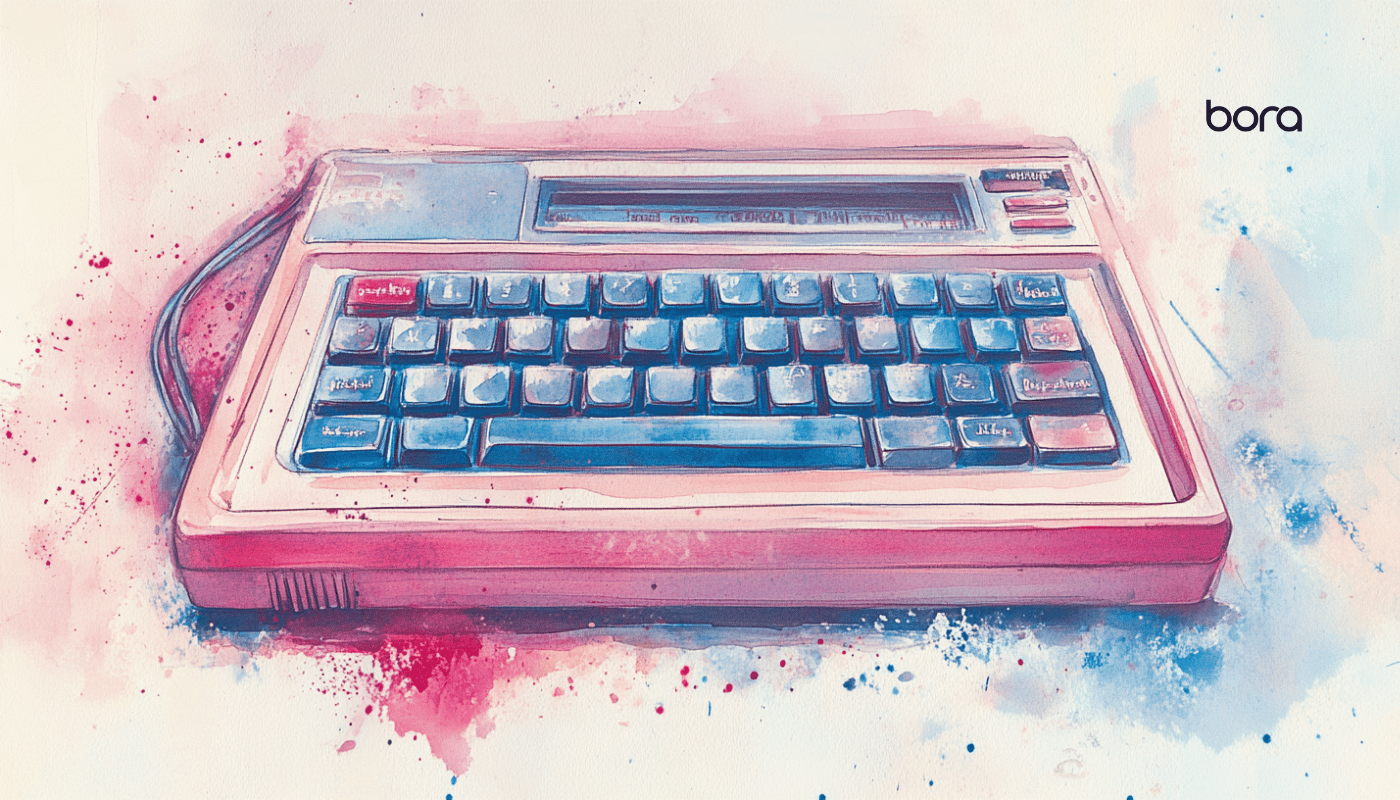Few technologies have impacted the marketing industry more than artificial intelligence (AI). For better or worse, AIWhat is AI? Artificial Intelligence (AI) refers to the simulation of human intelligence processes by computers in an aim to mimic or exceed human cognitive abilities across a range of domains.... More is now an inescapable facet of cybersecurity marketing. Whatever our feelings toward and fears about technology, the reality is that if we want long-term success, we must learn how to use it effectively, honestly, and ethically. But what does that entail?
The Story So Far: How Cybersecurity Writers Use AI
Before we get into the meat of this, it’s worth clearing a few things up. Chances are that when you think about AI in marketing, Large Language Models (LLM) like ChatGPT and Gemini immediately spring to mind. While the content generation capabilities of these tools undoubtedly are playing an increasingly significant role in marketing in all industries, they’re only part of the story.
Understanding the difference between AI and Generative AI (GenAI) is crucial to understanding the technology’s role in cybersecurity marketing.
AI is a broad term encompassing any technique enabling computers to mimic human technology. For writing and marketing purposes, it’s useful for:
- Content Optimization: Analyzing text for SEO keywords and readability.
- Personalized Recommendations: Suggesting products or content based on user data.
- Automated Reporting: Generating reports on campaign performance.
- Data Analysis: Identifying trends in customer or audience behavior.
- Chatbots: Providing instant customer support.
GenAI, however, is a subset of AI that can create new content, including text, images, code, or music. As noted, it’s the most common form of AI cybersecurity marketers use, but it’s also contentious. Let’s look at why.
The Great GenAI Debate: How Much is Too Much?
So, we’ve established that cybersecurity marketers can and, in some cases, do, use GenAI tools to generate content. We’re probably preaching to the choir here, and it probably goes without saying, but relying entirely on GenAI doesn’t produce good content.
GenAI tools, however advanced they’re becoming, cannot do creative, original content like people do. Most people can see solely AI-generated content a mile off and, frankly, won’t bother reading it. And for good reason: this kind of content reads badly and is generally pretty dull, and, ultimately, people want to read content created by humans, not machines.
But that’s not to say that GenAI has no place in cybersecurity writing or content creation. As noted, failing to use AI at all will result in you falling behind your competitors, peers, and colleagues. So, how should you use it?
AI is an Aid, not a Replacement
The most forward-thinking companies, marketers, and writers understand that AI cannot replace human creators, but can augment them. Here’s how you can do that:
- Streamlining Workflow: GenAI can help create outlines or (very) rough first drafts, freeing up human writers to focus on higher-level tasks like strategy, storytelling, and brand voice.
- Content Repurposing: GenAI can help generate different versions of existing content for various platforms, such as crafting social media posts based on a blog. Humans then adapt and refine the content, ensuring it’s optimized and engaging.
- Idea Generation: Marketers can useGenAI to brainstorm ideas and explore different angles for content. They can then evaluate these ideas, develop them further, and ensure they align with the overall content strategy.
See what we mean? The best marketers recognize the limitations of AI-generated content, particularly when it comes to creativity, nuance, and maintaining a unique brand voice; instead, they leverage AI to enhance their content, not create it.
So, How Does Bora Do It?
Hopefully, this blog already gives you a pretty good idea of how Bora uses AI in our writing, but, just in case, let’s spell it out: we will never create blogs or any other assets relying solely on AI tools. What’s more, we’ll never input any confidential information into these tools, whether it’s internal information or information our clients have shared with us.
However, we do use it for initial research (supplemented by human research), ideation and brainstorming, image creation, and checking for readability, grammar, and plagiarism issues (via Grammarly). As a company, we’re committed to finding creative and innovative ways of using AI to provide our clients with the best possible content – without compromising data privacyData privacy is the process of safeguarding an individual’s personal information, ensuring it remains confidential, secure, and protected from unauthorized access or misuse. More, our integrity, or trying to find shortcuts. You can find our full AI policy here.
Want to learn more about what Bora can do for your organization? Fill out a contact form to get more information about our services and pricing. Ready to start your journey with us? Schedule an obligation-free discovery call today.



